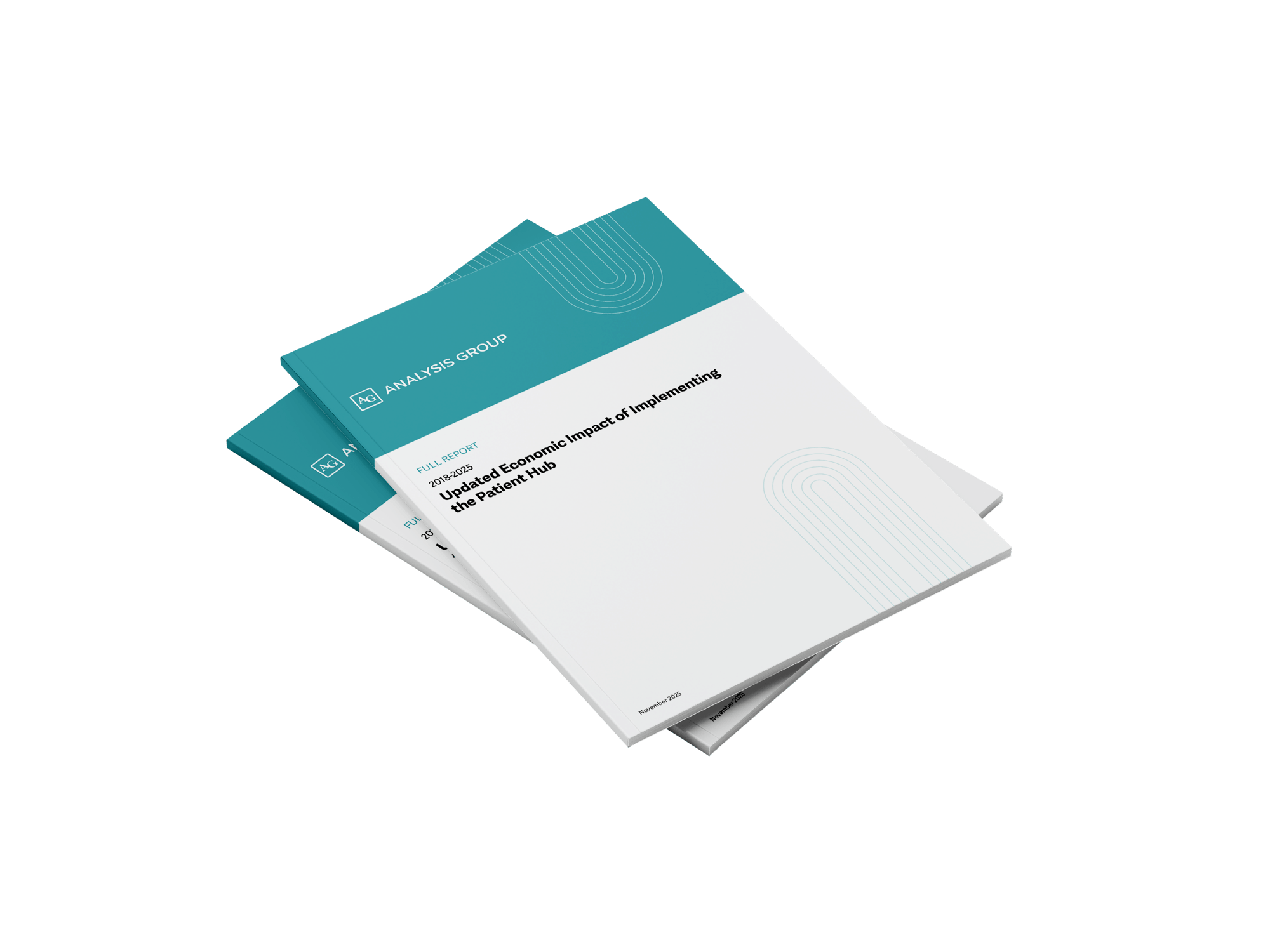Updated Economic Impact of the Orchestration Model, 2018-2025

Reserve your copy now and get early access on November 12
How a real-time Patient Hub aligned policy, programs, and digital infrastructure to expand timely primary care access, ease emergency department (ED) pressure, and generate reinvestable savings.
Across Canada, millions lack timely access to primary care, pushing non-urgent cases into overburdened EDs and creating avoidable costs and risks. Traditional, hospital-centric flow fixes alone can’t solve a system-wide access problem—coordination and real-time visibility across settings are required.
Key Findings
- 4.5% → 8.0% ED redirection share increase
- 850+ clinics sharing live availability
- $2M/week in economic benefits
What’s Inside the Report
1. The Orchestration Model, Explained
How Quebec’s Ministry of Health and Petal implemented a Patient Hub connecting EDs, 811, and primary-care clinics to match demand and capacity in real time, regardless of local scheduling systems.
2. Policy Mechanisms that Made It Stick
The pivotal levers: (1) dedicated diversion/redirection slots for 811 and ED triage, (2) slots reserved for unattached and team-based care, (3) enrollment of unattached patients into teams.
3. Outcomes You Can Measure
- Redirections from ED to primary care increased from ~460/day (2018–2019) to >810/day (2024–2025), raising the share from 4.5% to 8.0%.
- Monthly ED CTAS IV–V visits fell (158,179 → 144,364).
- Ambulatory ED stays shortened (5.2 → 4.8 hours, mid-2024 to mid-2025).
4. Economic Value to Reinvest
Based on independent analysis and current volumes, the Patient Hub is generating approximately $2 million in weekly benefits from avoided ED use and efficiencies.
5. Why This Improves Safety and Experience
Reducing crowding lowers the risk, prevents patients from being left without being seen, and protects clinical teams from burnout, thereby improving outcomes and trust in the healthcare system.
What’s in this report for you?
Ministers and MOH policy teams
This report identifies the policy levers that enable orchestration to improve access to care. It demonstrates how linking ED, 811, and primary care isn’t just operational; it translates into measurable system impact and reinvestable savings.
Health authority executives
Because ED overcrowding and long stays are among the top pain points, this report demonstrates how diverting non-urgent cases upstream can enhance patient safety, staff well-being, and system performance without requiring hospitals alone to bear the burden.
Primary care leaders
To ensure visibility into primary care availability and confidence that redirection slots will enhance patient flow, this report outlines how reserved slots and the integration of the team-based care model empower you to move patients away from EDs, leading to timely, appropriate care.